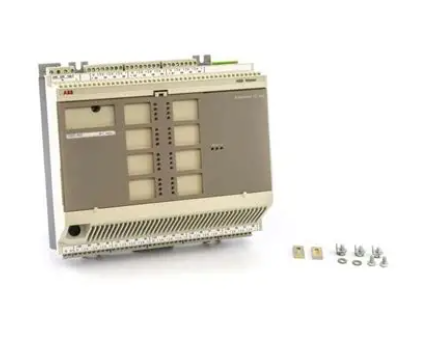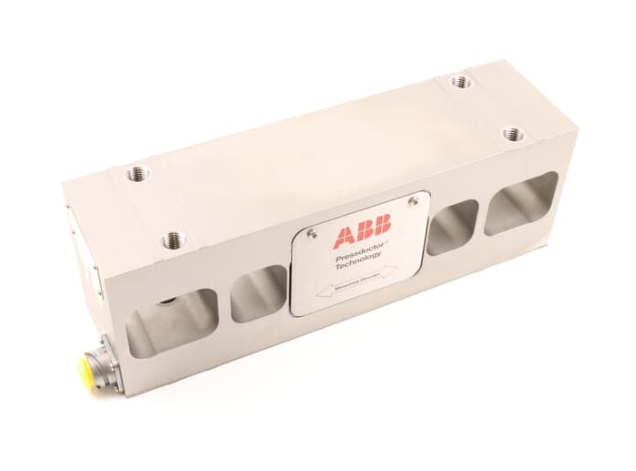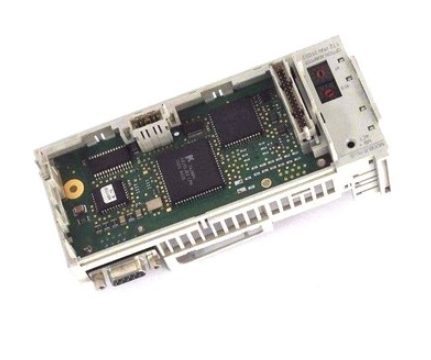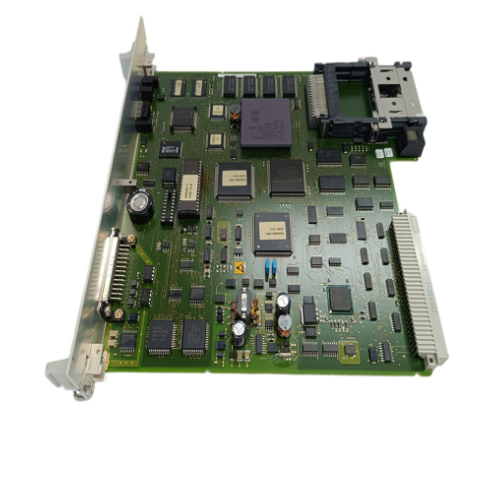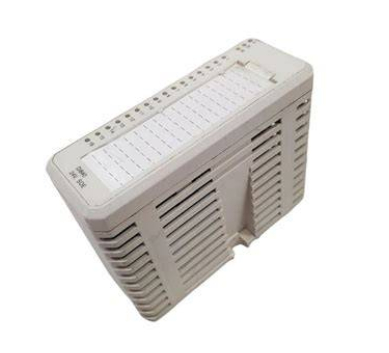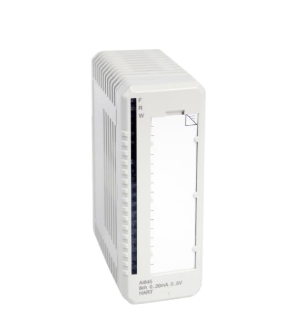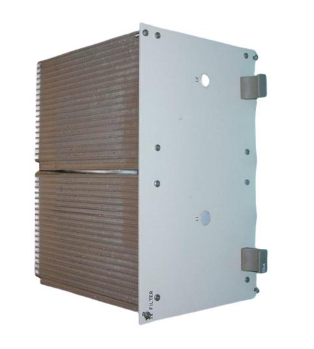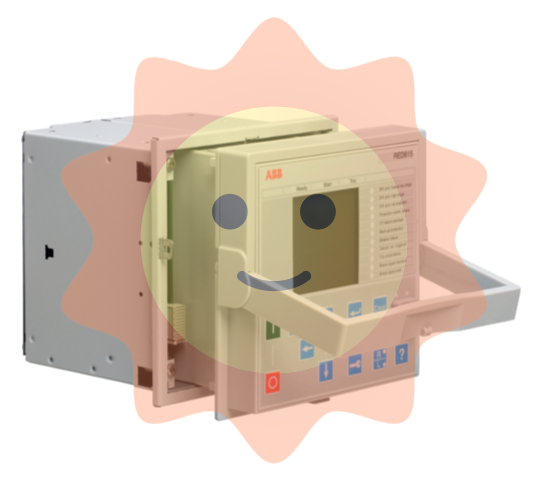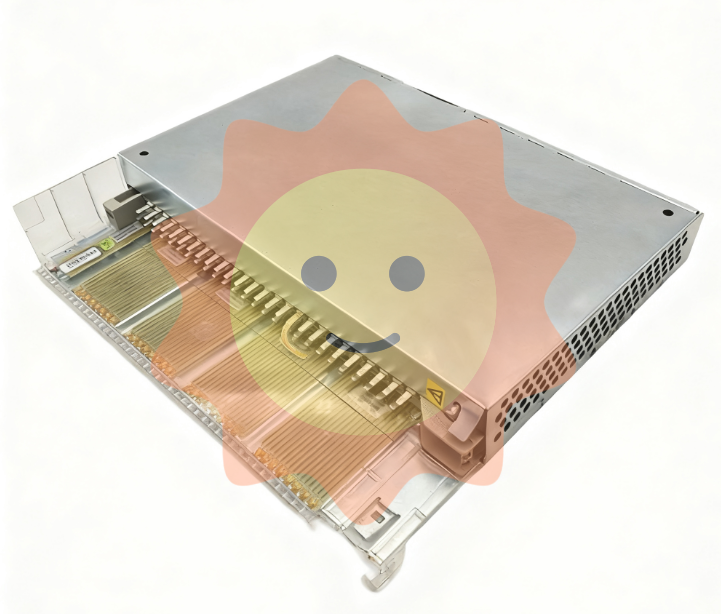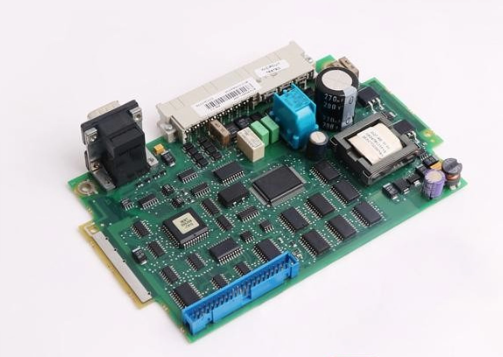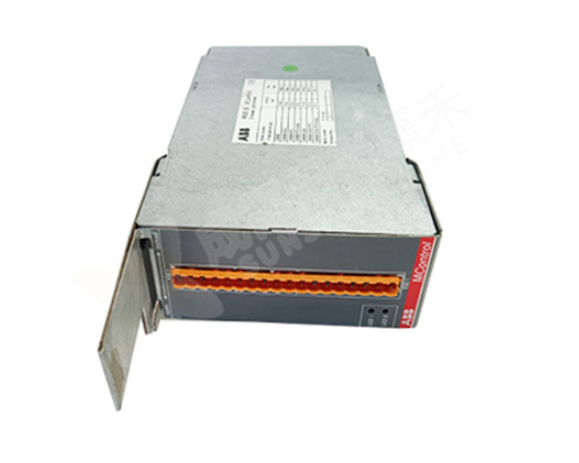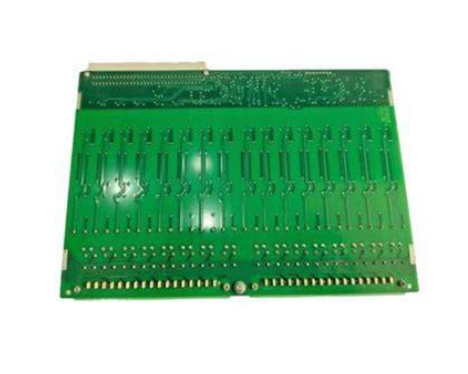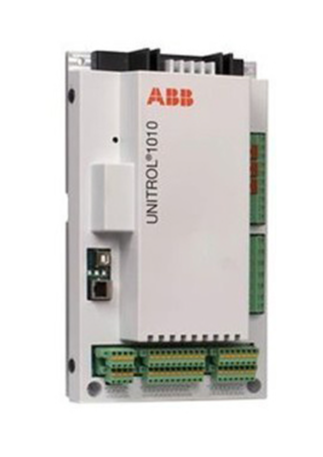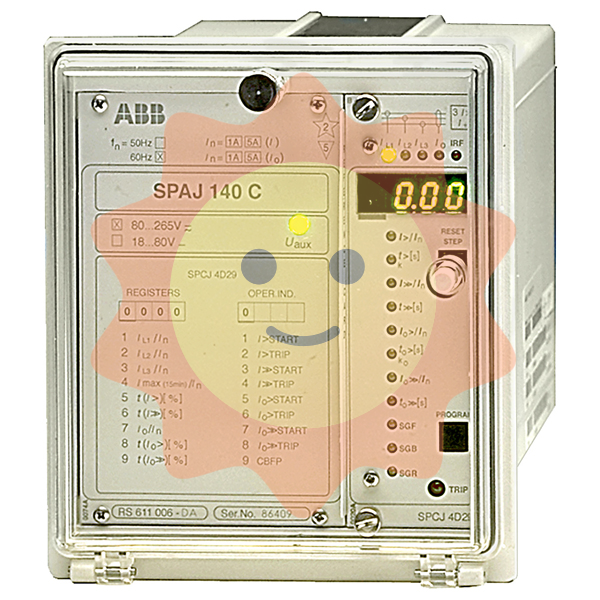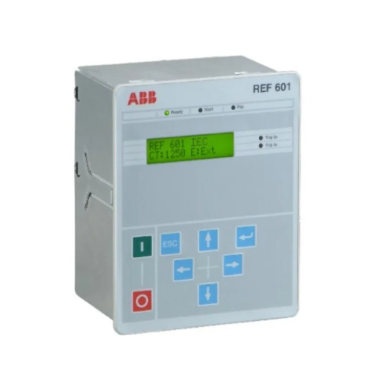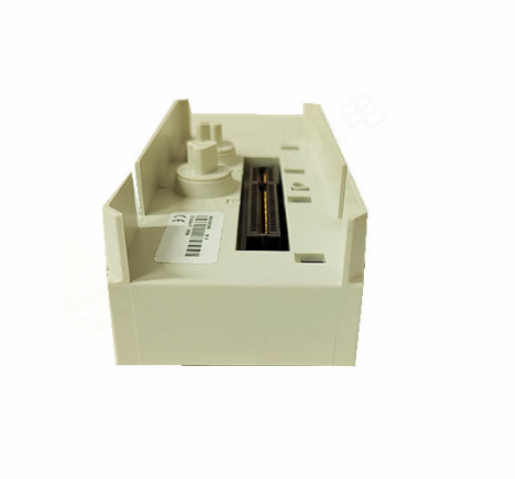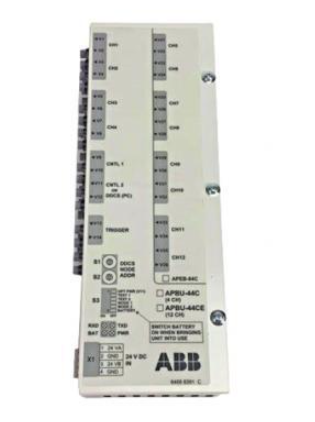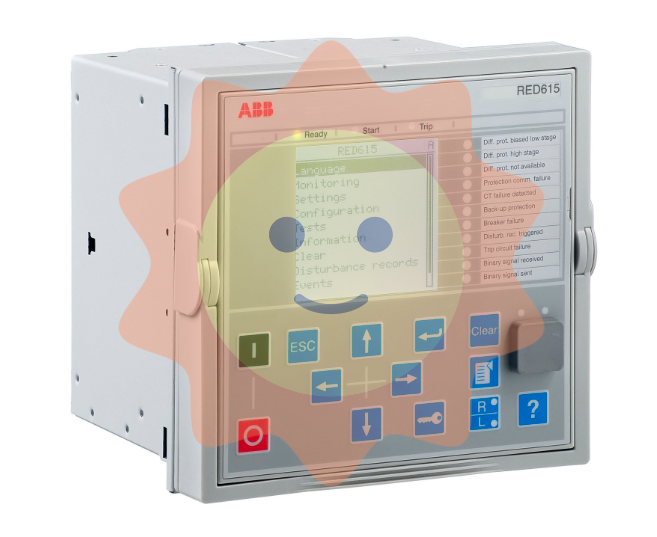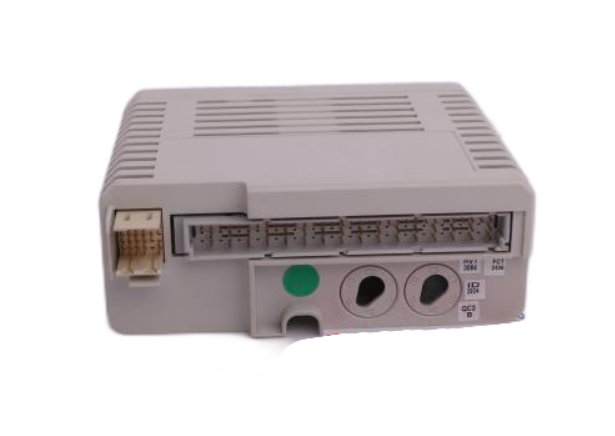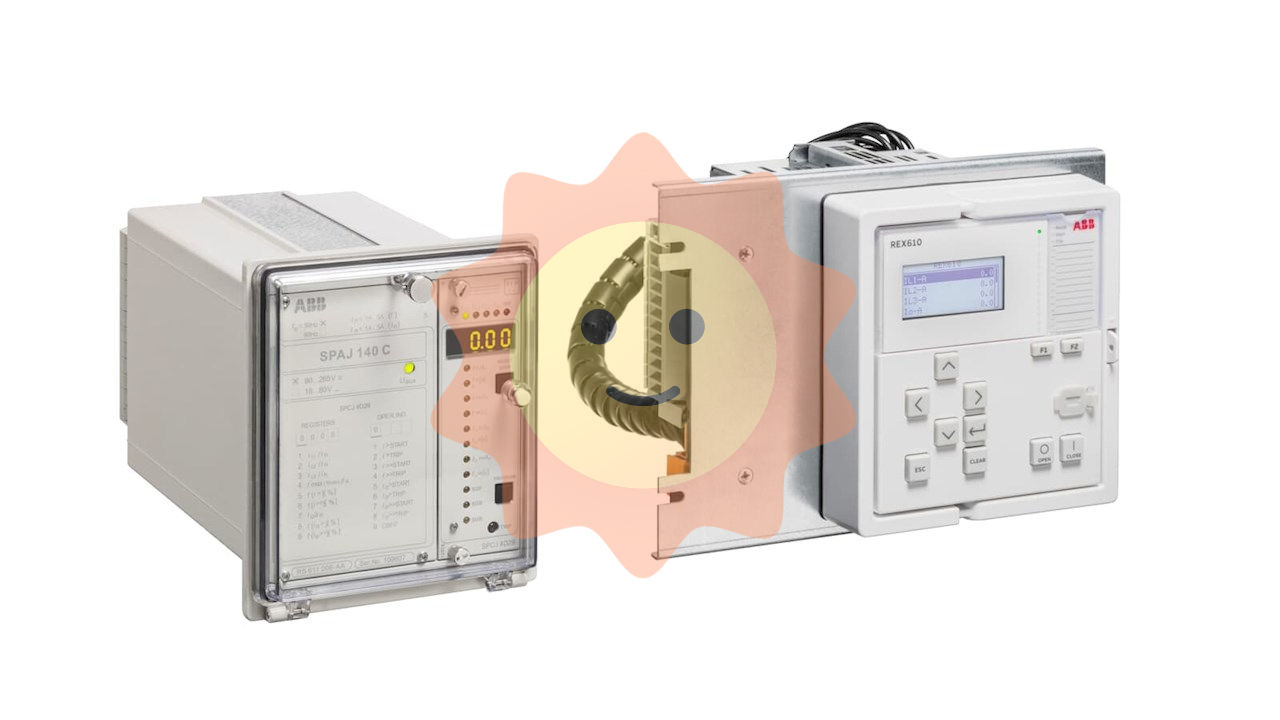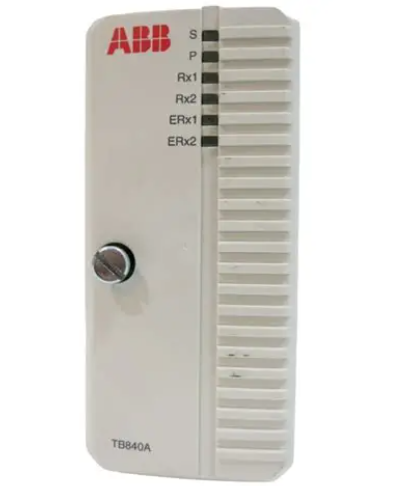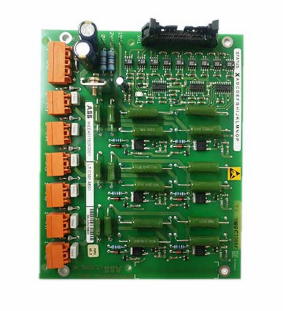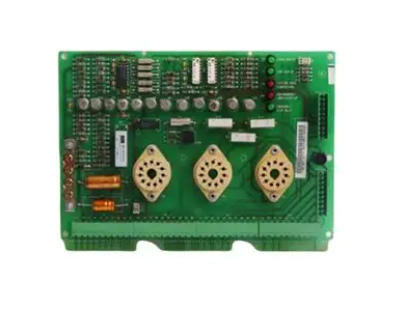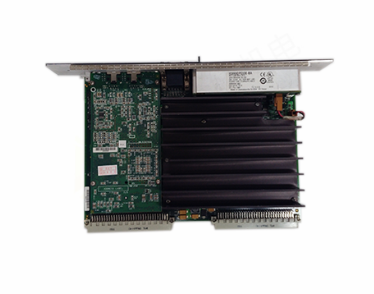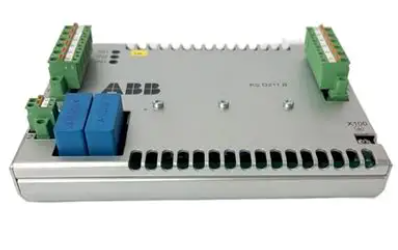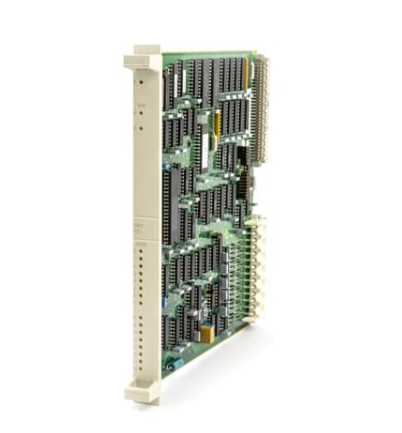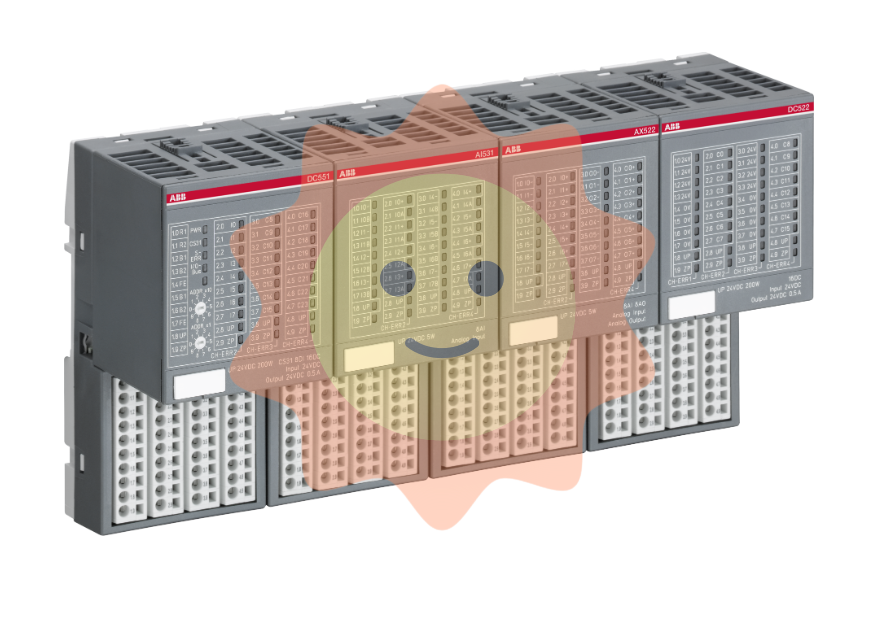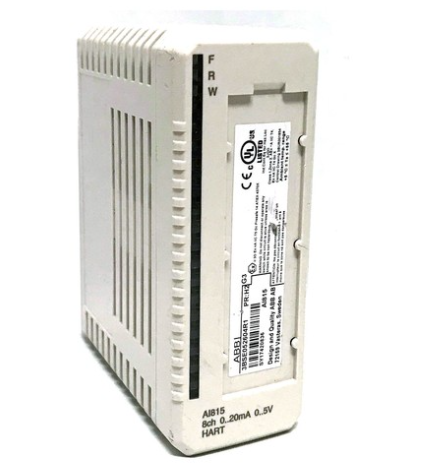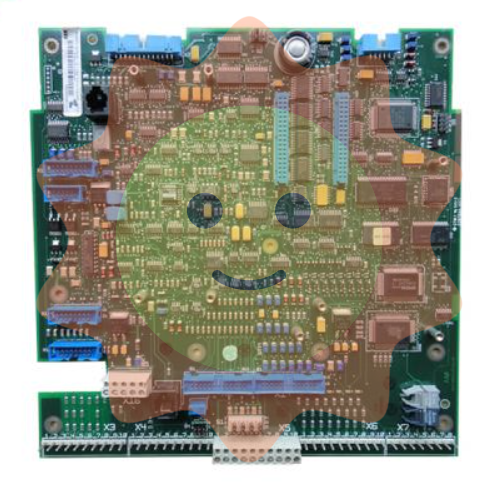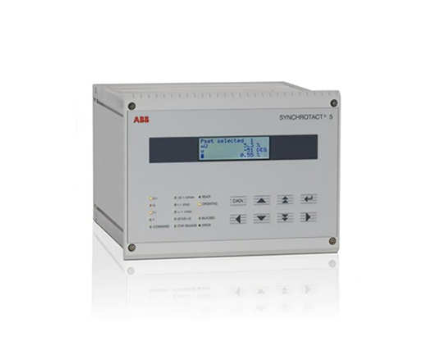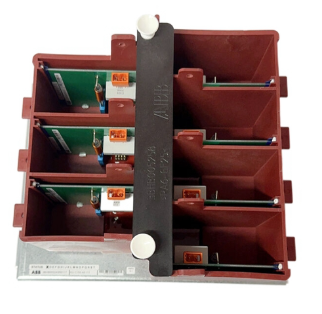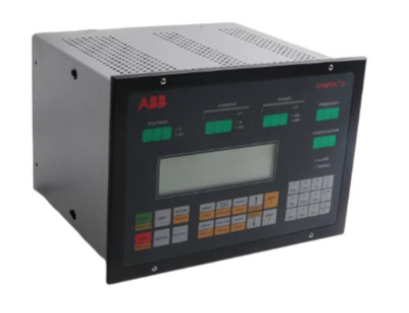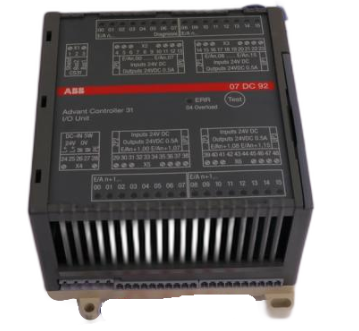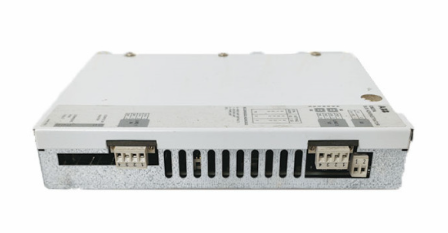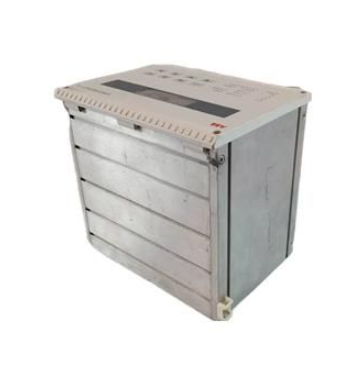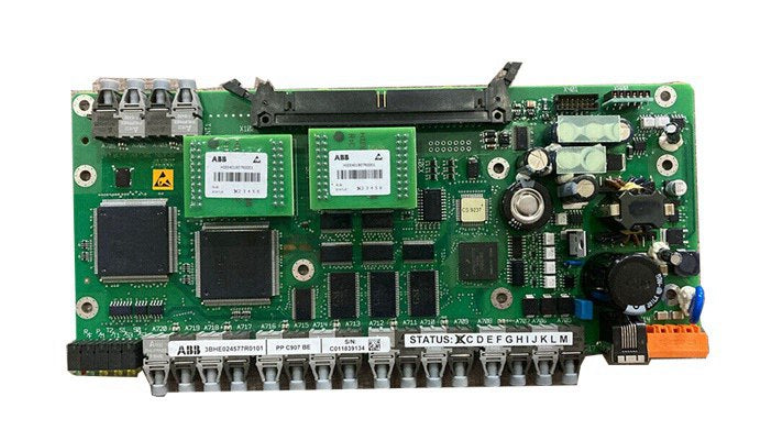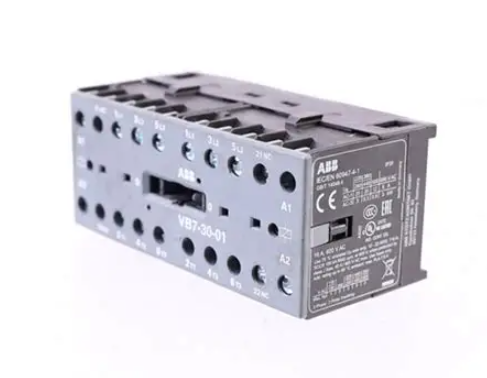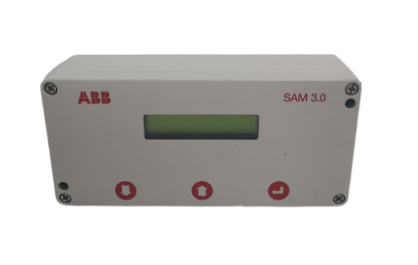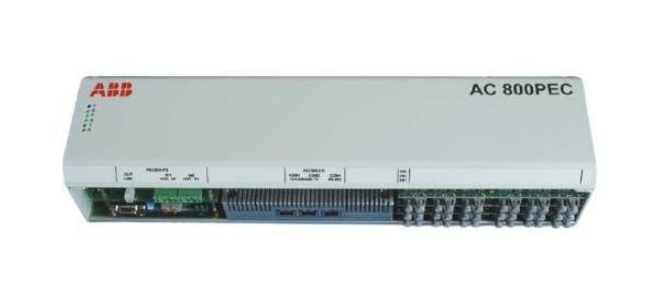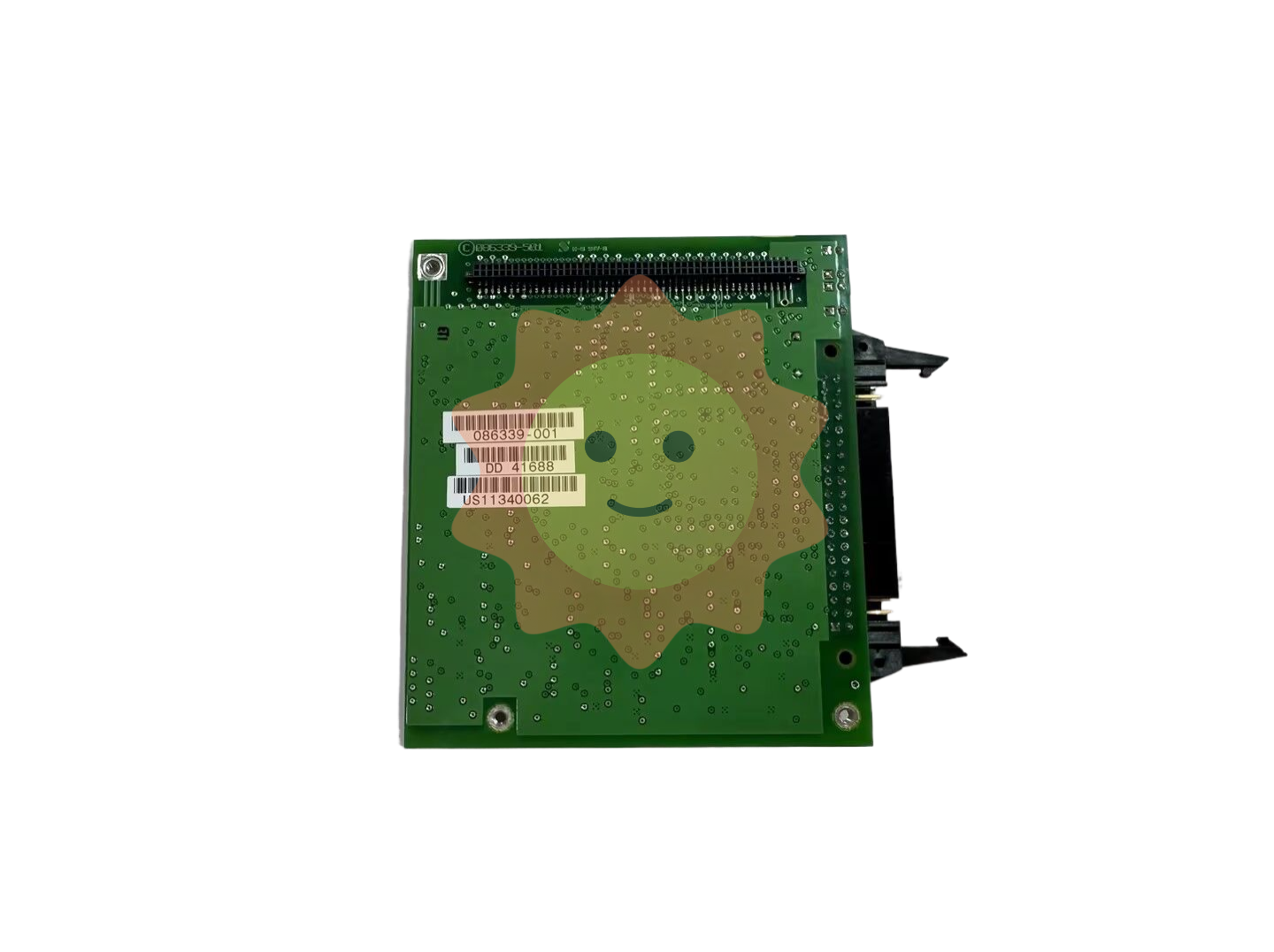WOODWARD CPC-II Current-to-Pressure Converter
WOODWARD CPC-II Current-to-Pressure Converter
Product Overview
WOODWARD CPC-II current pressure converter is a key equipment used in the industrial control field for steam turbine control systems, mainly applied for precise positioning control of single action steam turbine valve servo systems. It can convert the input 4-20mA current signal into a stable and precisely controllable oil pressure output according to a precise proportional relationship, thereby achieving precise adjustment of the opening of the steam turbine speed control valve, ensuring that the steam turbine can operate stably and efficiently under different working conditions.
Brand background
WOODWARD has over 130 years of experience in designing and manufacturing engine controllers, and is renowned in the global industrial control field. Its products are widely used in key fields such as aviation, industrial engines, turbines, and power generation control. Woodward has always focused on developing advanced control technologies, establishing a high reputation in the industry with excellent reliability, precise control performance, and high adaptability to complex working conditions. The WOODWARD CPC-II current pressure converter is the crystallization of its profound technological accumulation and continuous innovation.

Specification parameters
Accuracy: The error within the full range working range is less than ± 0.2%, ensuring the accuracy of pressure conversion and making the control of turbine valves more precise.
Repeatability: Achieve 0.1% of the full range working range to ensure consistency in each conversion and maintain stable turbine operation.
Temperature drift: Within the full range operating temperature range (-40 to+85 degrees Celsius), less than or equal to ± 0.01%, greatly reducing the impact of environmental temperature changes on equipment performance.
Pressure stability: Set value fluctuation is less than or equal to ± 2%, maintain stable output oil pressure, and avoid unnecessary fluctuations in turbine valves.
Physical characteristics: H x W x T is about 290x270x270mm, and it weighs 25kg (55lb) without oil. The installation method is flexible and can be installed in any posture. There are four M10 threaded holes with a depth of 23 millimeters at the front of the hydraulic end.
Protection standards: Complies with EN61000-6-2 (2005) protection standards and EN61000-6-4 (2007) emission standards, and can adapt to complex electromagnetic environments.
Core functions
High precision pressure conversion: With built-in high-precision pressure sensors and advanced PID controllers, it accurately receives 4-20mA pressure demand signals, precisely regulates oil pressure, and achieves precise positioning of the steam turbine speed control valve, providing solid support for the speed and load control of the steam turbine.
Anti oil pollution operation: Adopting a unique "dirt killing star" technology, it meets the ISO 20/16 anti oil pollution standard. Even in harsh working conditions where oil is contaminated or contaminated, it can still operate stably with the help of self-cleaning valve algorithms, effectively reducing equipment failures and downtime caused by oil pollution.
Redundant control: supports redundant input and sensor configuration, can accept pressure demand input from one or two (redundant) controllers, and vote on it; It can also simultaneously receive internal and external (redundant) oil pressure sensor signals, and after voting, use health signal control equipment to operate. Some models (such as 9907-1253) have redundant (dual) CPC (master/slave) functionality, greatly improving the system's fault tolerance and reliability.
Valve Linear Control: Equipped with a built-in valve linearization table, the full range linearity error is less than 0.2%, providing stable and linear control for steam turbine valves, ensuring smooth operation of the turbine, and improving system control accuracy.
Status monitoring and diagnosis: Equipped with comprehensive status and health indication functions, real-time monitoring of key parameters such as pressure sensors, input demand signals, internal unit health status, and input power quality, and providing control pressure readings. At the same time, it is equipped with software service tools with trend analysis function, which facilitates users to monitor and analyze data in real time, and timely identify potential problems.
Working principle
CPC-II receives a 4-20mA current signal, which is first transmitted to the internal circuit. In the circuit, the current is converted into voltage through a precise 10 Ω sampling resistor, and then amplified into a voltage signal of 0V -4.5V through the OPA2227 operational amplifier circuit, which is sent to the analog-to-digital converter of the microprocessor. The microprocessor analyzes and processes signals based on built-in control algorithms and real-time oil pressure data feedback from high-precision pressure sensors, and then outputs control commands to the drive circuit. The driving circuit controls the hydraulic control valve, regulates the flow and direction of hydraulic oil, and precisely controls the output oil pressure to achieve precise driving of the steam turbine speed control valve.
Key advantages
High reliability: With mature mechanical structure design, redundant configuration, and strong oil resistance, the equipment can operate stably for a long time even under harsh working conditions, reducing the probability of failure.
High control accuracy: High precision pressure conversion and linear valve control ensure the accuracy of turbine speed and load control, improve energy utilization efficiency, and reduce equipment wear.
Strong compatibility: Adopting standard installation and hydraulic connection methods, it can seamlessly integrate with various turbine control systems and easily upgrade existing CPC or Voith converters.
Good safety: When an internal unit failure occurs, the valve reset spring immediately acts, causing the CPC to switch to the fault safe position, draining the oil, ensuring the safe closure of the turbine control valve, and effectively protecting the equipment.
Fully certified: Meets North American hazardous site certification requirements, complies with CE directives such as ATEX, Machinery Directive, PED, and EMC, and can be safely used in a variety of complex environments.
Precautions
Installation environment: Although it can be installed in any posture, it should be avoided as much as possible in environments with strong vibration, high humidity, and corrosive gases to ensure stable equipment performance.
Oil quality: Clean hydraulic oil that meets the equipment requirements should be used, and the oil quality and level should be checked regularly to prevent oil problems from affecting the normal operation of the equipment.
Maintenance: Regularly use software service tools to monitor and diagnose the status of equipment, replace vulnerable parts such as seals in a timely manner, and ensure long-term stable operation of the equipment.
Parameter setting: When using Service Tool for configuration and parameter setting, it is necessary to strictly follow the equipment manual to avoid equipment failure caused by incorrect parameter settings.

- EMERSON
- Honeywell
- CTI
- Rolls-Royce
- General Electric
- Woodward
- Yaskawa
- xYCOM
- Motorola
- Siemens
- Rockwell
- ABB
- B&R
- HIMA
- Construction site
- electricity
- Automobile market
- PLC
- DCS
- Motor drivers
- VSD
- Implications
- cement
- CO2
- CEM
- methane
- Artificial intelligence
- Titanic
- Solar energy
- Hydrogen fuel cell
- Hydrogen and fuel cells
- Hydrogen and oxygen fuel cells
- tyre
- Chemical fiber
- dynamo
- corpuscle
- Pulp and paper
- printing
- fossil
- FANUC
- Food and beverage
- Life science
- Sewage treatment
- Personal care
- electricity
- boats
- infrastructure
- Automobile industry
- metallurgy
- Nuclear power generation
- Geothermal power generation
- Water and wastewater
- Infrastructure construction
- Mine hazard
- steel
- papermaking
- Natural gas industry
- Infrastructure construction
- Power and energy
- Rubber and plastic
- Renewable energy
- pharmacy
- mining
- Plastic industry
- Schneider
- Kongsberg
- NI
- Wind energy
- International petroleum
- International new energy network
- gas
- WATLOW
- ProSoft
- SEW
- wind
- ADVANCED
- Reliance
- YOKOGAWA
- TRICONEX
- FOXBORO
- METSO
- MAN
- Advantest
- ADVANCED
- ALSTOM
- Control Wave
- AB
- AMAT
- STUDER
- KONGSBERG
- MOTOROLA
- DANAHER MOTION
- Bently
- Galil
- EATON
- MOLEX
- Triconex
- DEIF
- B&W
- ZYGO
- Aerotech
- DANFOSS
- KOLLMORGEN
- Beijer
- Endress+Hauser
- MOOG
- KB
- Moxa
- Rexroth


Email:wang@kongjiangauto.com

